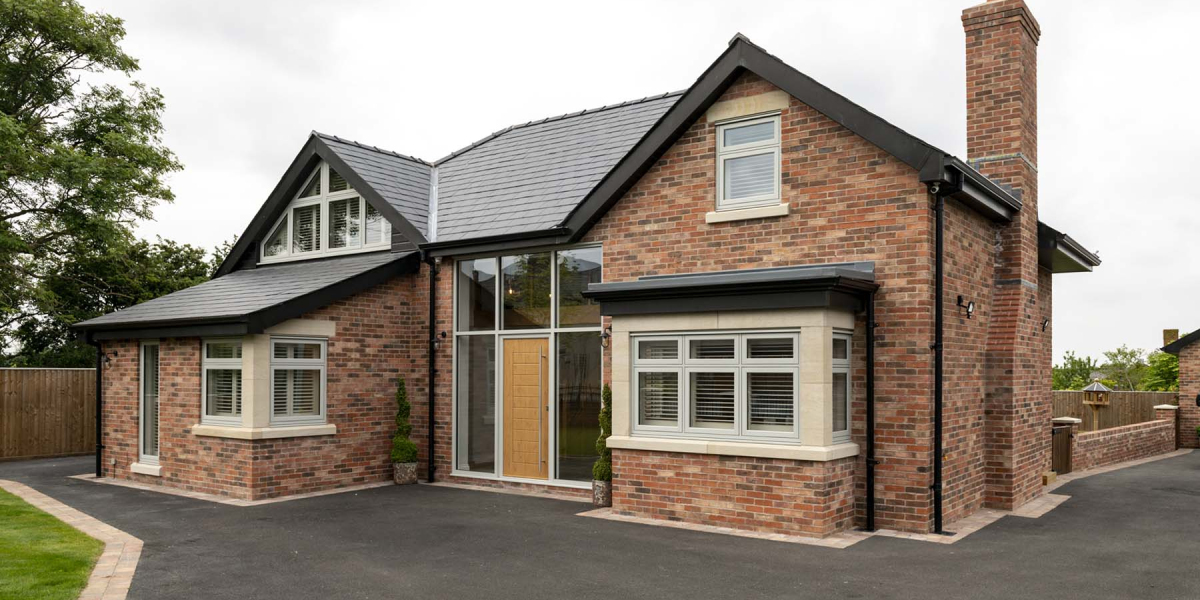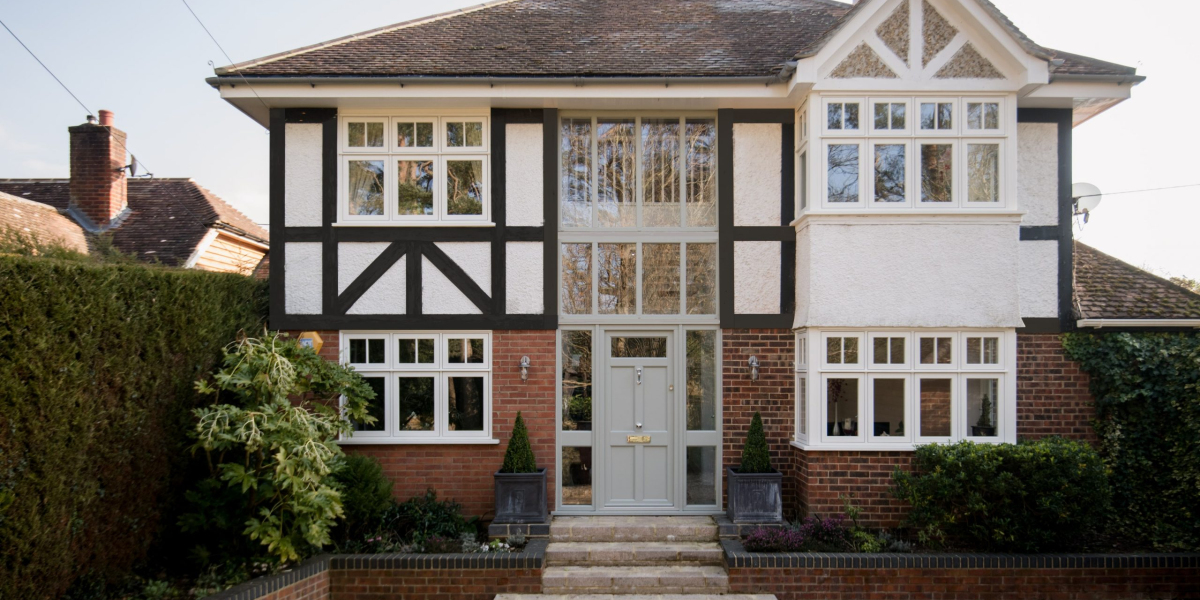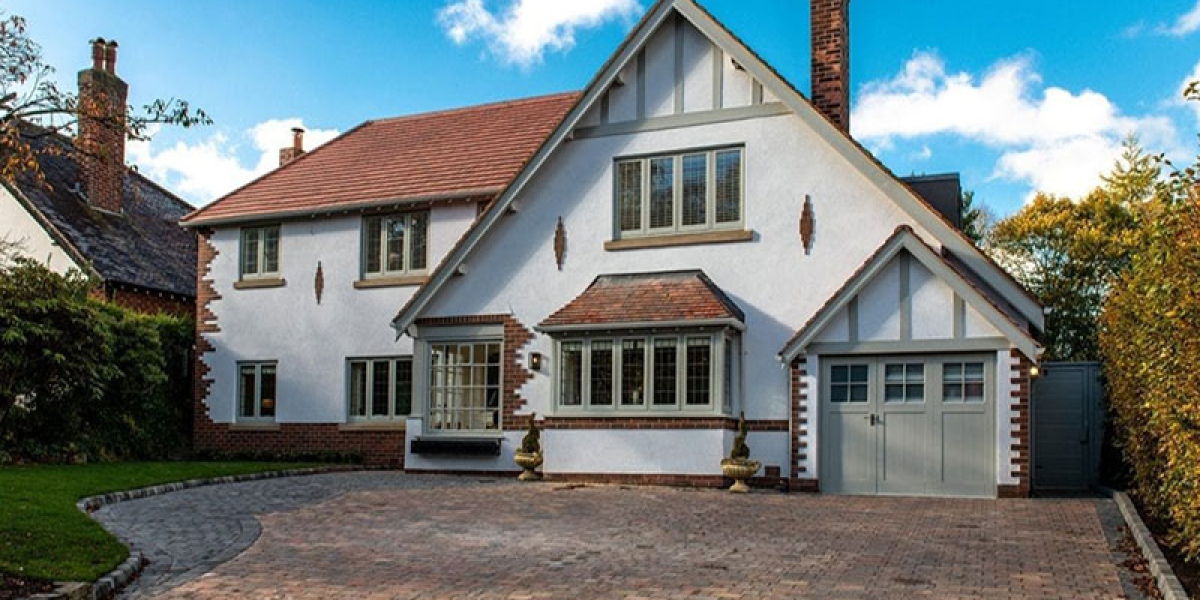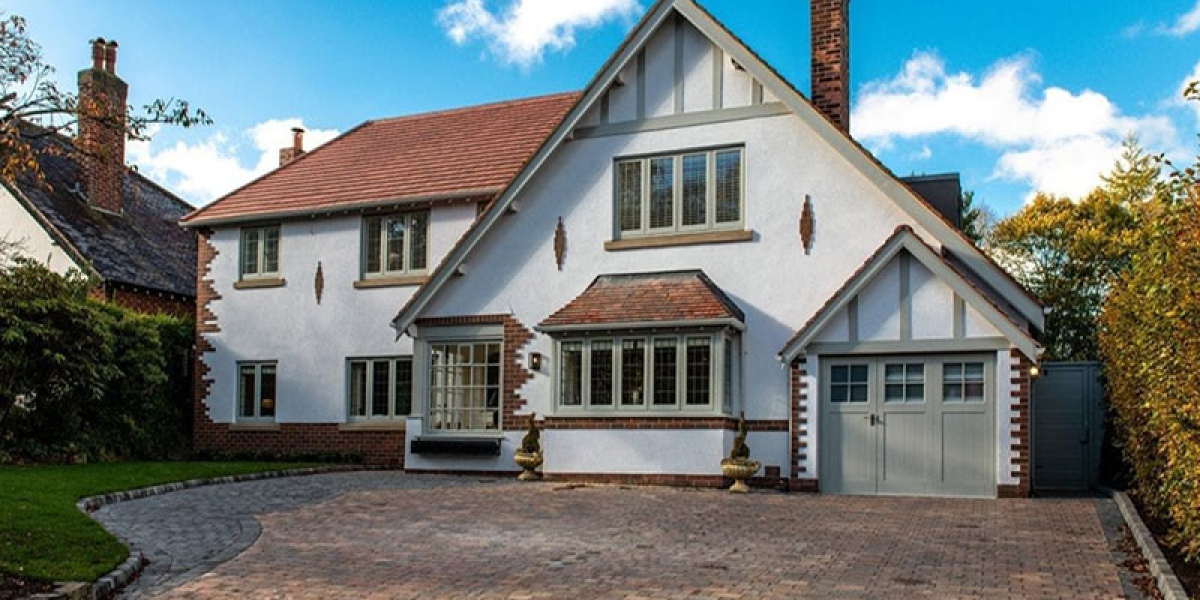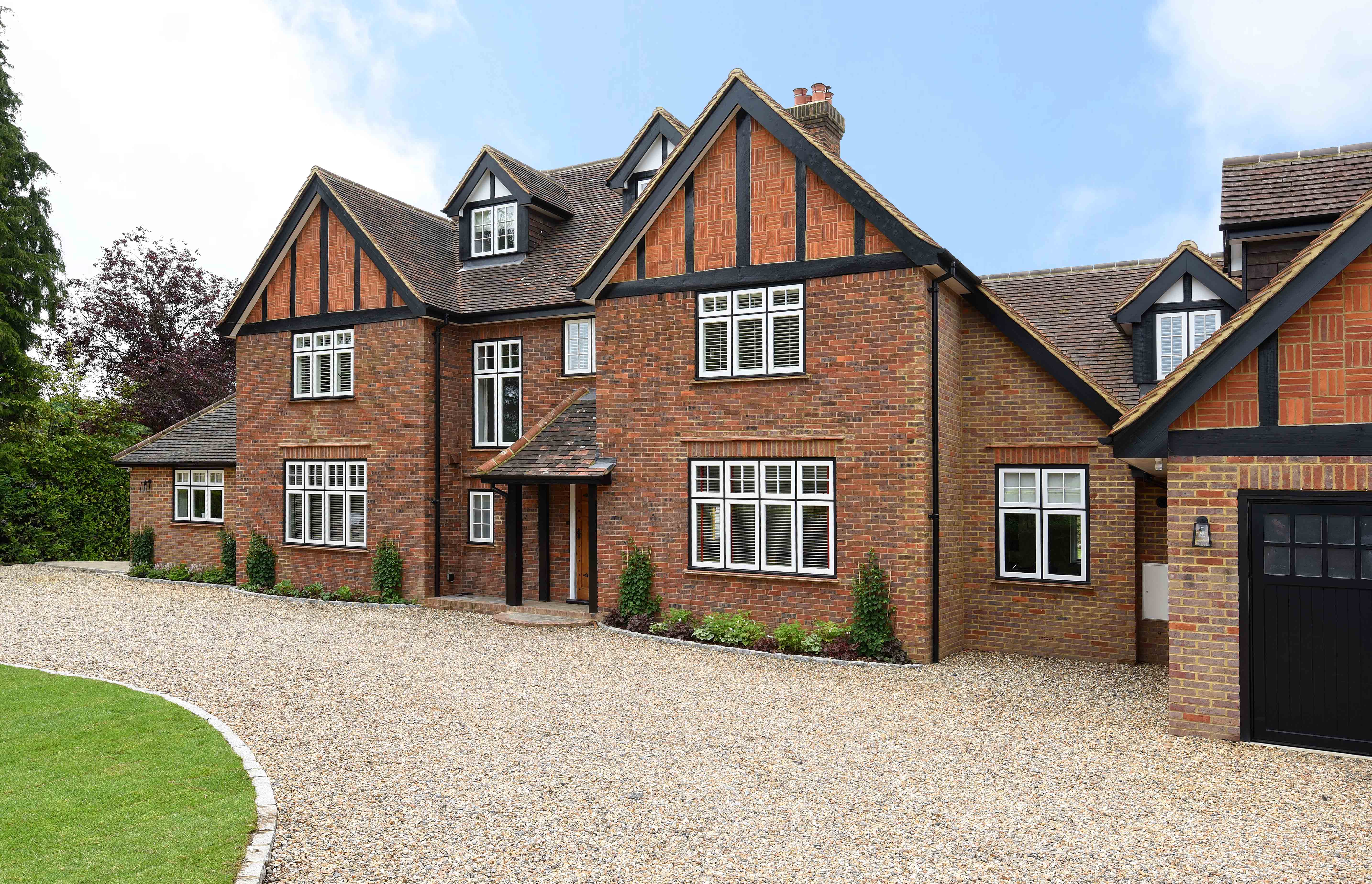
Glass partitions have emerged as a transformative design element in modern architecture, providing a unique blend of aesthetics, functionality, and flexibility. These transparent barriers have gained popularity in various environments, including commercial offices, retail spaces, and residential interiors. This article explores the various applications, benefits, and considerations of glass partitions, highlighting their role in contemporary architecture.
The Evolution of Glass Partitions
Historically, partitions were primarily constructed from solid materials such as wood, brick, or drywall. However, the advent of modern materials and construction techniques has allowed for the development of glass partitions, which offer a more open and airy feel to spaces. Initially used in high-end commercial settings, glass partitions have gradually permeated various sectors due to their versatility and aesthetic appeal.
Types of Glass Partitions
Glass partitions can be categorized into several types based on their design and functionality:
- Framed Glass Partitions: These consist of glass panels held within a framework, typically made of aluminum or steel. Framed partitions are robust and can accommodate various types of glass, including laminated and tempered glass.
- Frameless Glass Partitions: As the name suggests, these partitions do not have a visible frame, providing a sleek and modern appearance. They are often used in high-end spaces to create a seamless look.
- Movable Glass Partitions: These partitions can be reconfigured to adapt to changing space requirements. They are ideal for multipurpose rooms and collaborative workspaces where flexibility is essential.
- Soundproof Glass Partitions: Designed to minimize noise transmission, these partitions are often used in environments where privacy and concentration are crucial, such as law offices or counseling centers.
Applications of Glass Partitions
The versatility of glass partitions allows for a wide range of applications:
- Office Spaces: In contemporary office design, glass partitions are commonly used to create individual workspaces while maintaining an open-plan layout. They allow for natural light to permeate throughout the office, enhancing the overall ambiance and employee well-being.
- Retail Environments: Glass partitions are frequently employed in retail spaces to create distinct areas without obstructing visibility. This approach not only enhances the shopping experience but also allows for effective merchandise display.
- Healthcare Facilities: In hospitals and clinics, glass partitions can help delineate spaces while promoting transparency and accessibility. They can be used in waiting areas, consultation rooms, and even patient rooms to create a calming environment.
- Residential Interiors: Homeowners are increasingly adopting glass partitions to divide living spaces, such as open-plan kitchens and dining areas. These partitions can create a sense of separation without sacrificing light or space.
Benefits of Glass Partitions
The integration of glass partitions in architectural design offers numerous advantages:
- Enhanced Natural Light: One of the most significant benefits of glass partitions is their ability to allow natural light to flow through spaces. This not only reduces the need for artificial lighting but also creates a more inviting atmosphere.
- Visual Connectivity: Glass partitions maintain visual connections between different areas, fostering a sense of openness and collaboration. This is particularly beneficial in office environments where teamwork and communication are essential.
- Aesthetic Appeal: The sleek and modern look of glass partitions can elevate the design of any space. They can be customized with various finishes, textures, and colors to complement the overall interior design.
- Space Efficiency: Glass partitions can help maximize the use of space by creating functional areas without the bulk of traditional walls. This is especially advantageous in smaller environments where every square foot counts.
- Acoustic Control: While glass is often perceived as a poor sound barrier, https://sainsburysbankmedia.co.uk/the-clear-choice-how-to-get-affordable-quality-double-glazing-in-hertfordshire-without-cutting-corners/double%20glazing%20watford advancements in technology have led to the development of soundproof glass options. These partitions can effectively reduce noise levels, providing privacy in busy environments.
- Sustainability: Glass is a recyclable material, and when used in construction, it can contribute to sustainable building practices. Additionally, the use of natural light can lead to lower energy consumption.
Considerations for Implementation
Despite their many advantages, there are several considerations to keep in mind when implementing glass partitions:
- Cost: Glass partitions can be more expensive than traditional wall materials. However, the long-term benefits in terms of flexibility and aesthetics can justify the initial investment.
- Maintenance: Glass surfaces require regular cleaning to maintain their clarity and appearance. Fingerprints, dust, and smudges can detract from the overall aesthetic if not properly managed.
- Safety and Security: While tempered glass is designed to withstand impact, it is essential to consider safety measures, especially in high-traffic areas. Additionally, the use of frosted or tinted glass can enhance privacy without compromising light.
- Building Codes and Regulations: Depending on the location and application, there may be specific building codes and regulations governing the use of glass partitions. It is crucial to consult with professionals to ensure compliance.
Conclusion
Glass partitions represent a significant advancement in architectural design, offering a myriad of benefits that enhance both aesthetics and functionality. Their ability to create open, light-filled spaces while maintaining privacy and acoustic control makes them an ideal choice for various applications. As the demand for flexible and modern environments continues to grow, glass partitions will undoubtedly play a pivotal role in shaping the future of architectural design. By carefully considering their implementation and maintenance, architects and designers can leverage the full potential of glass partitions, creating innovative and inspiring spaces that meet the needs of today's dynamic lifestyles.
